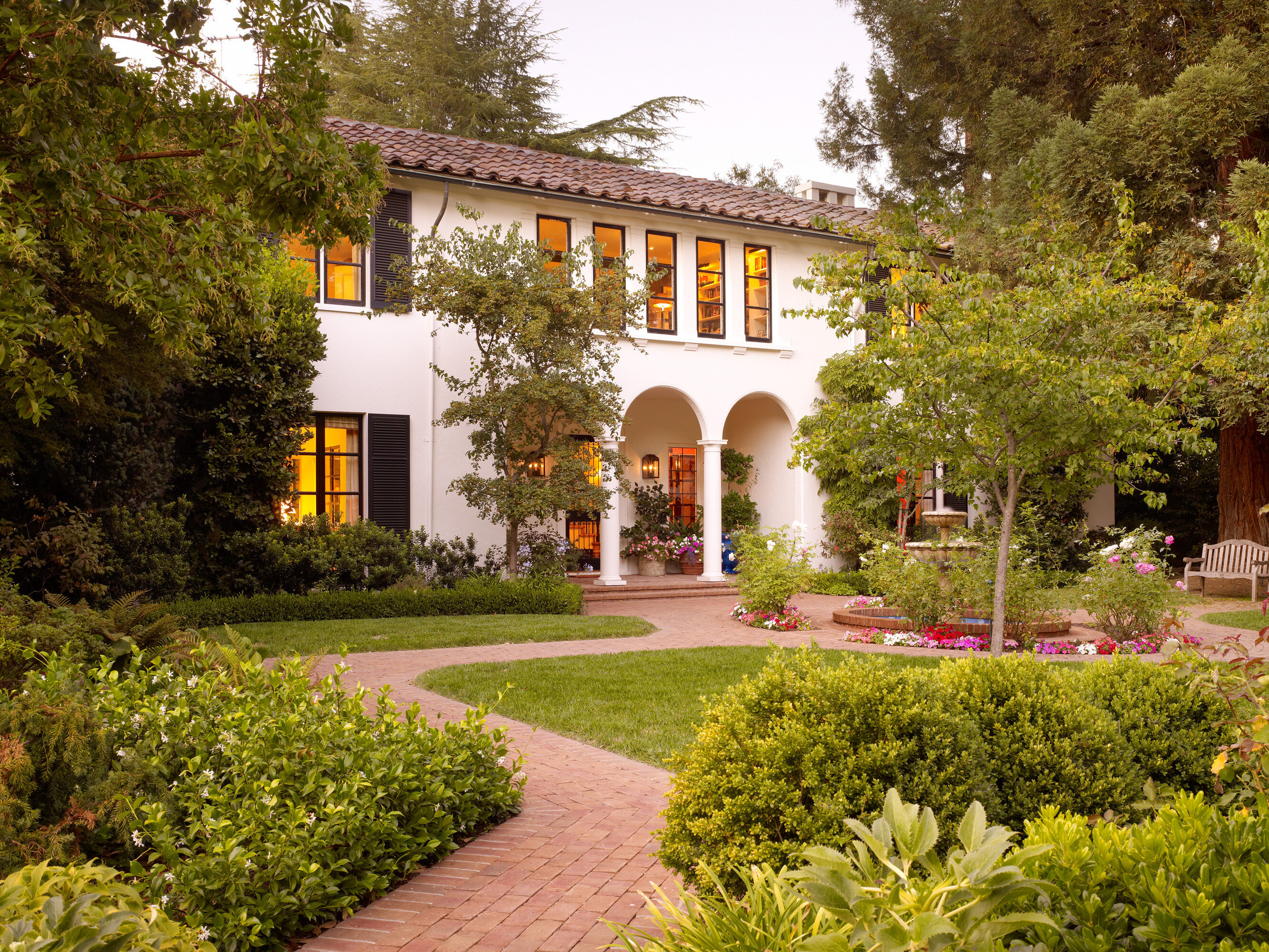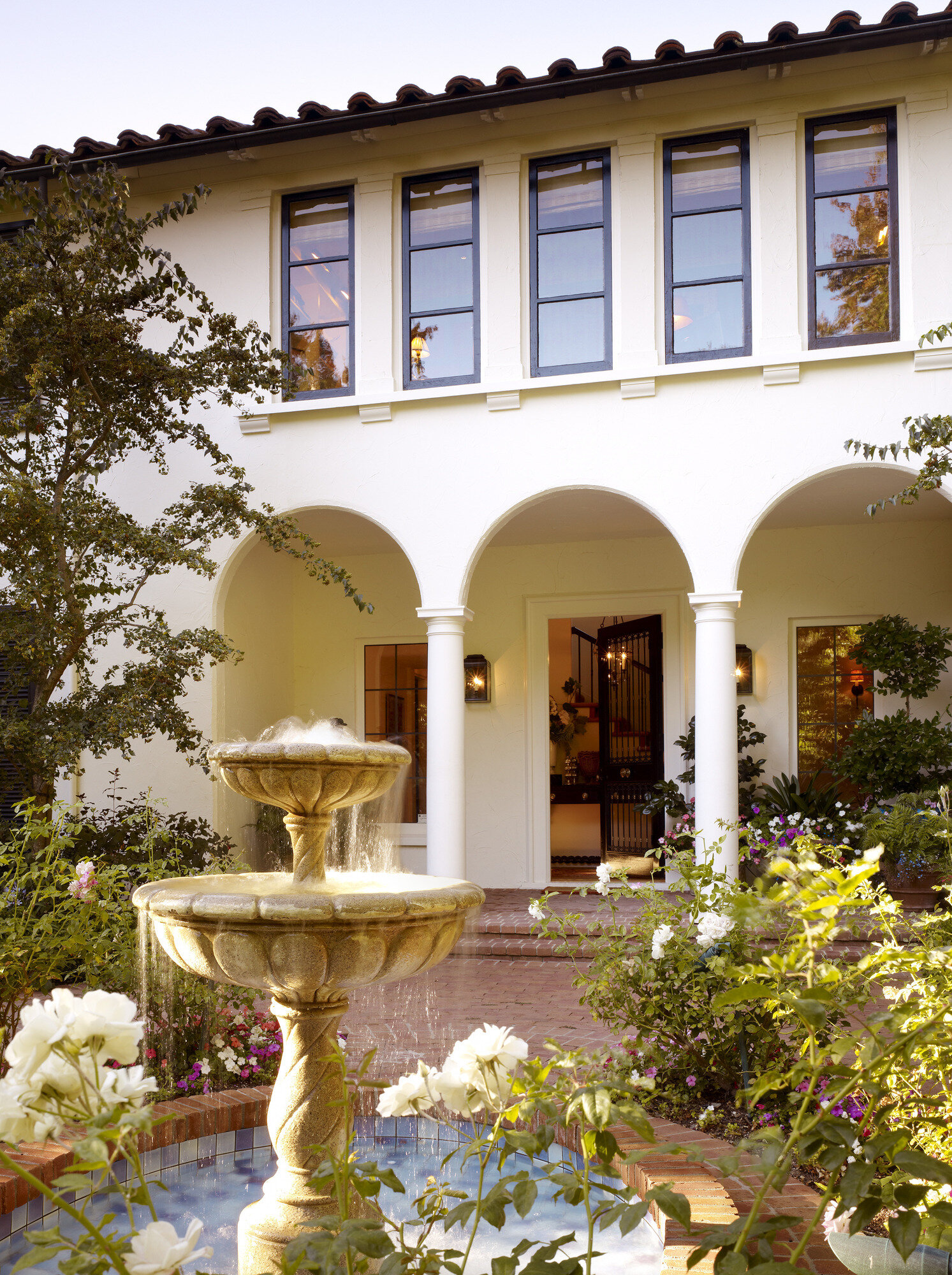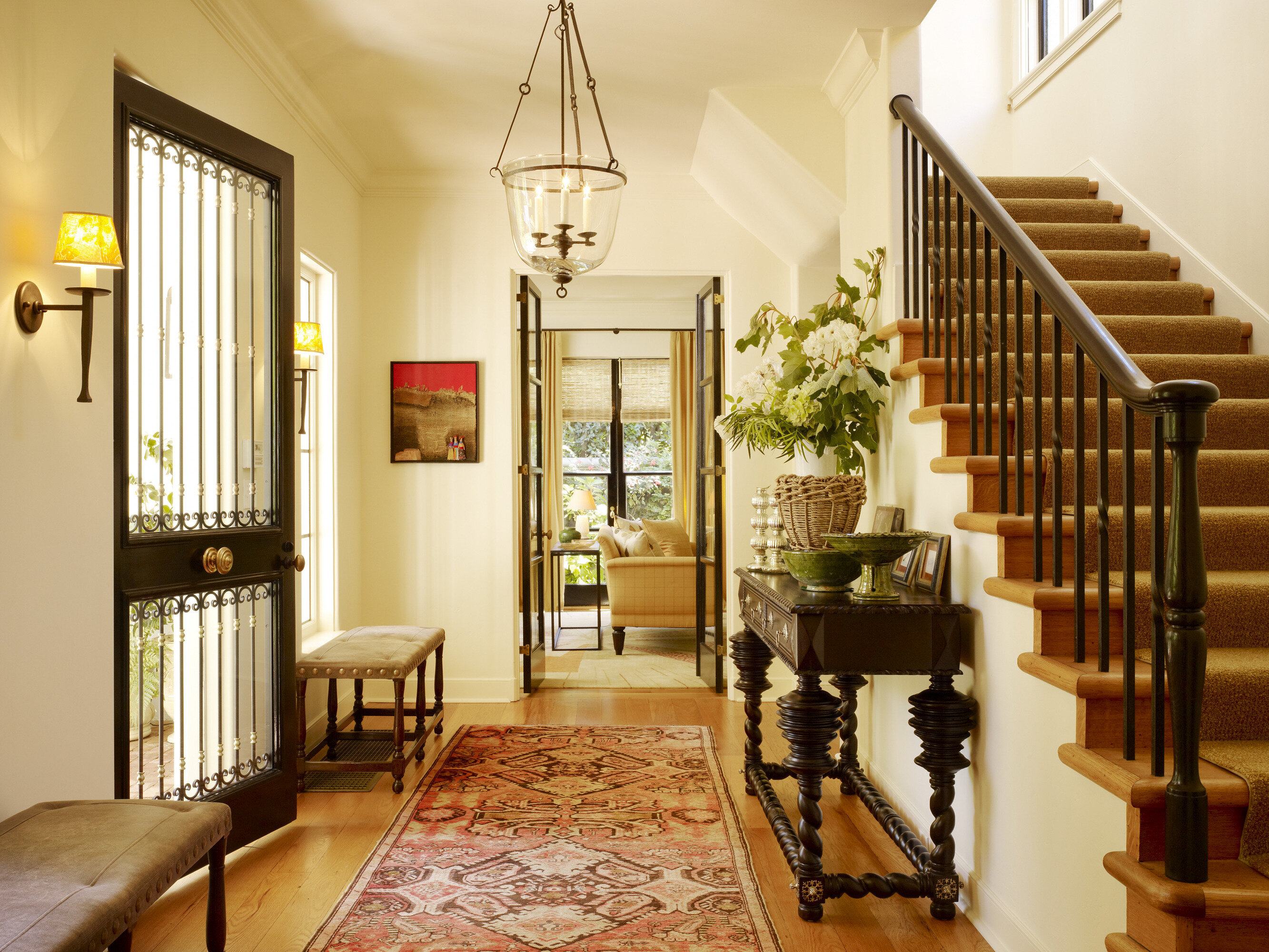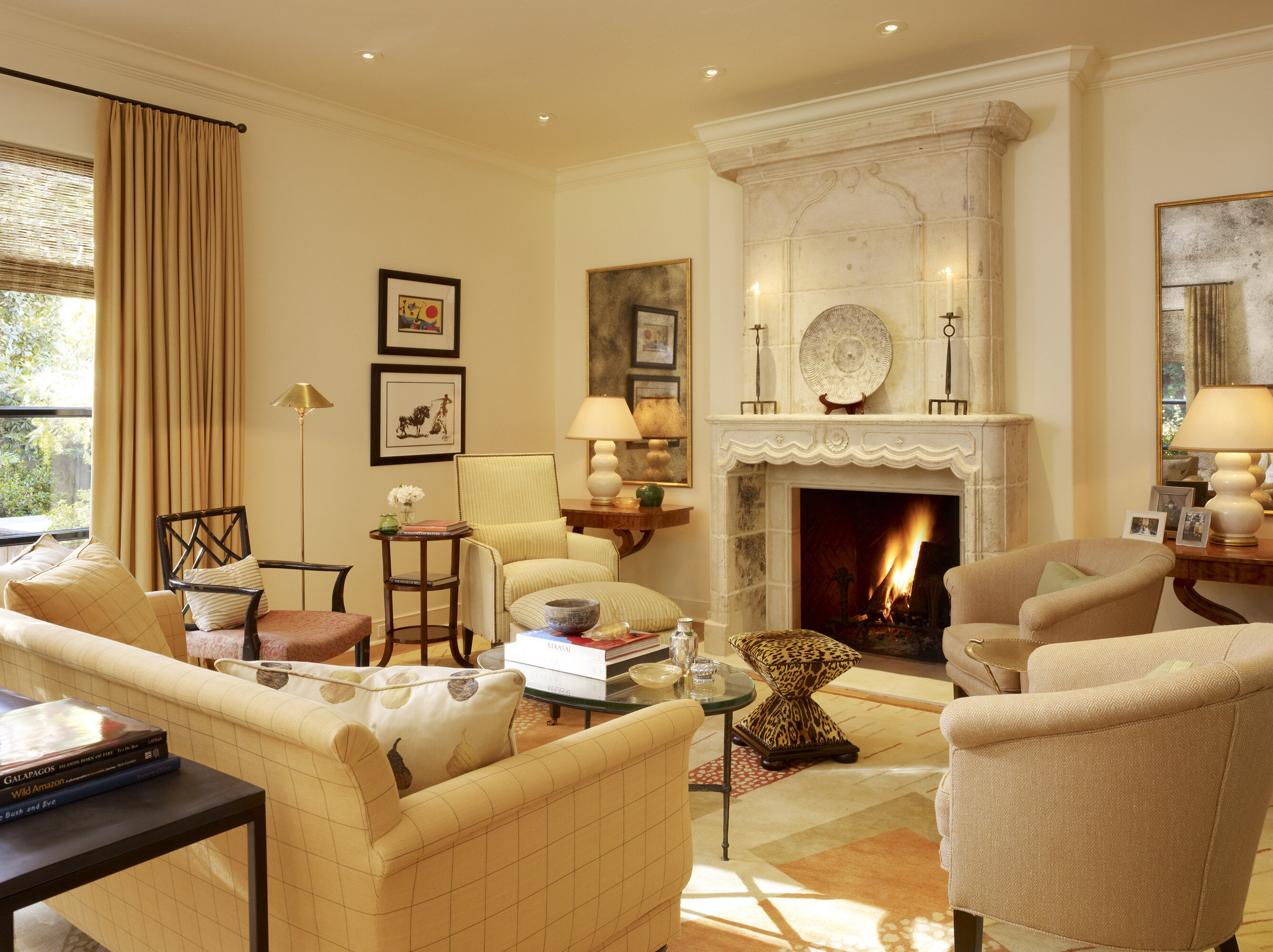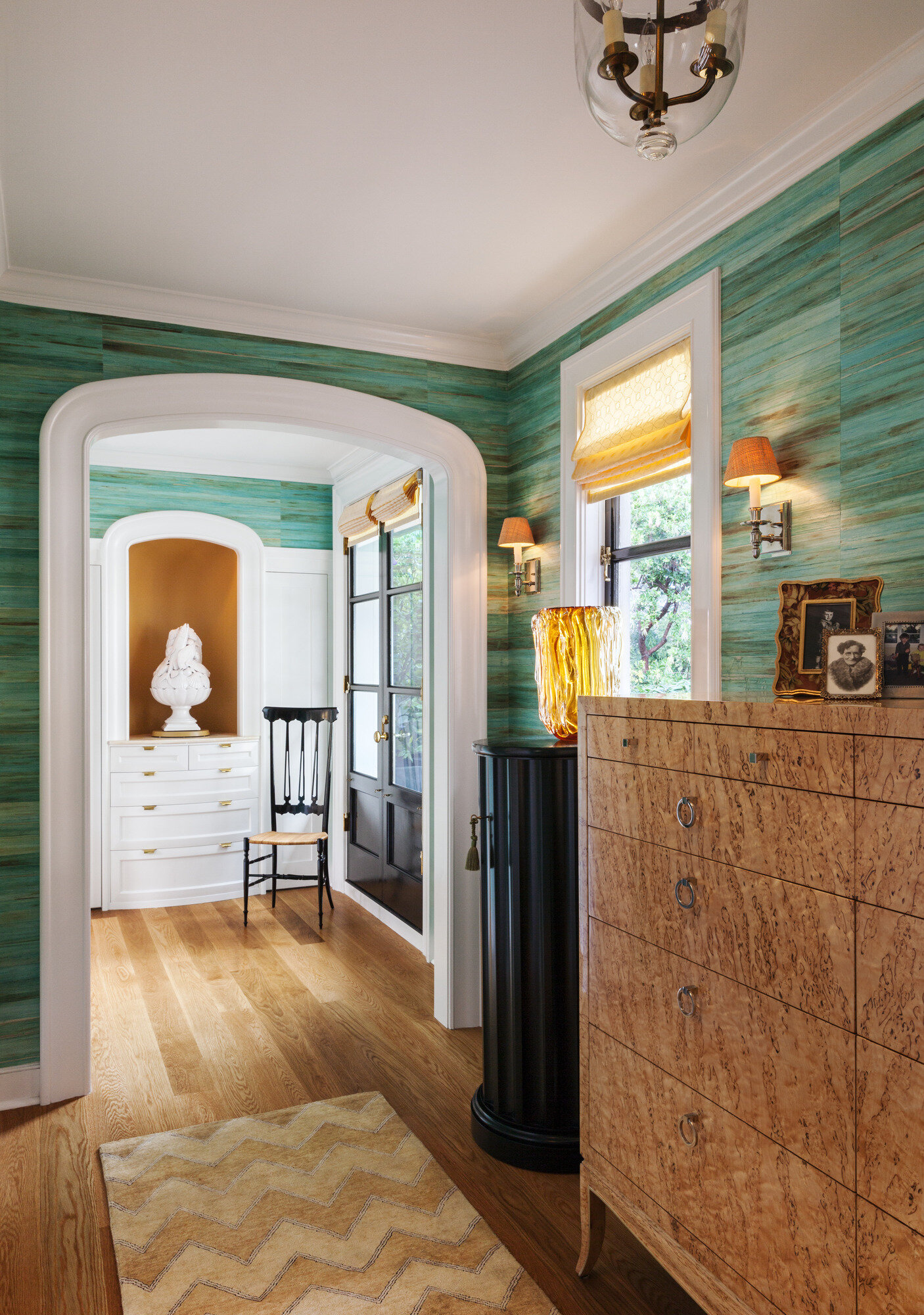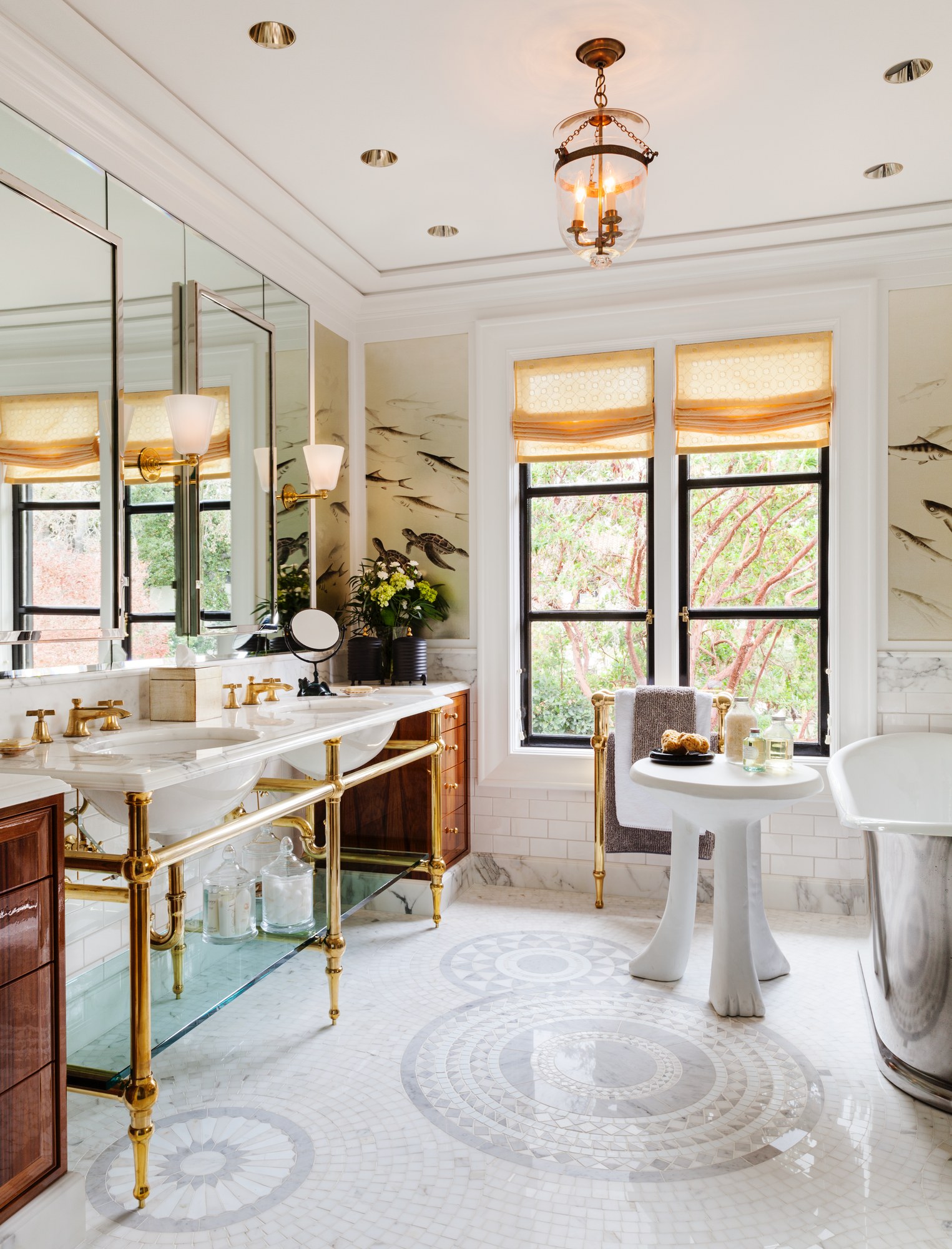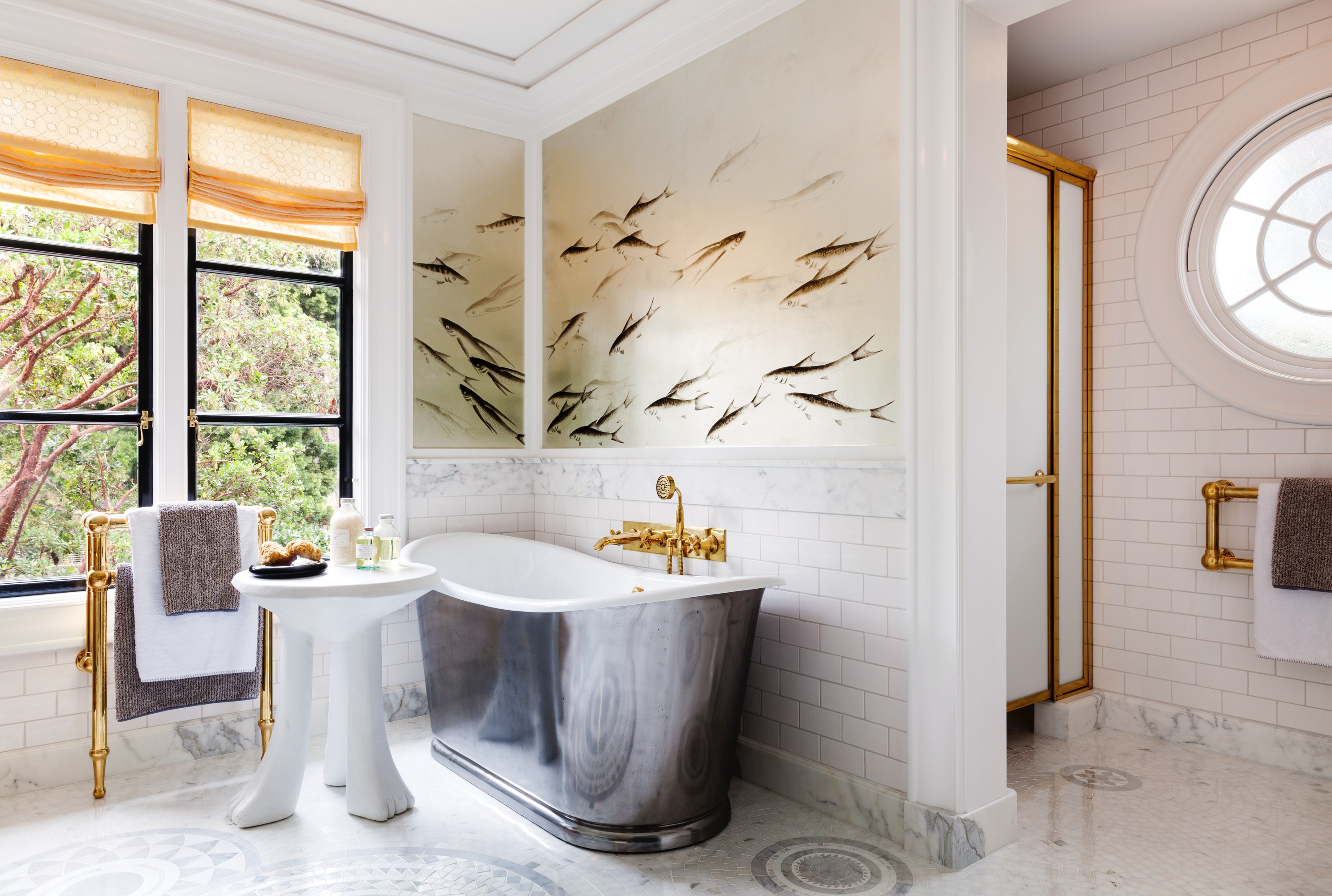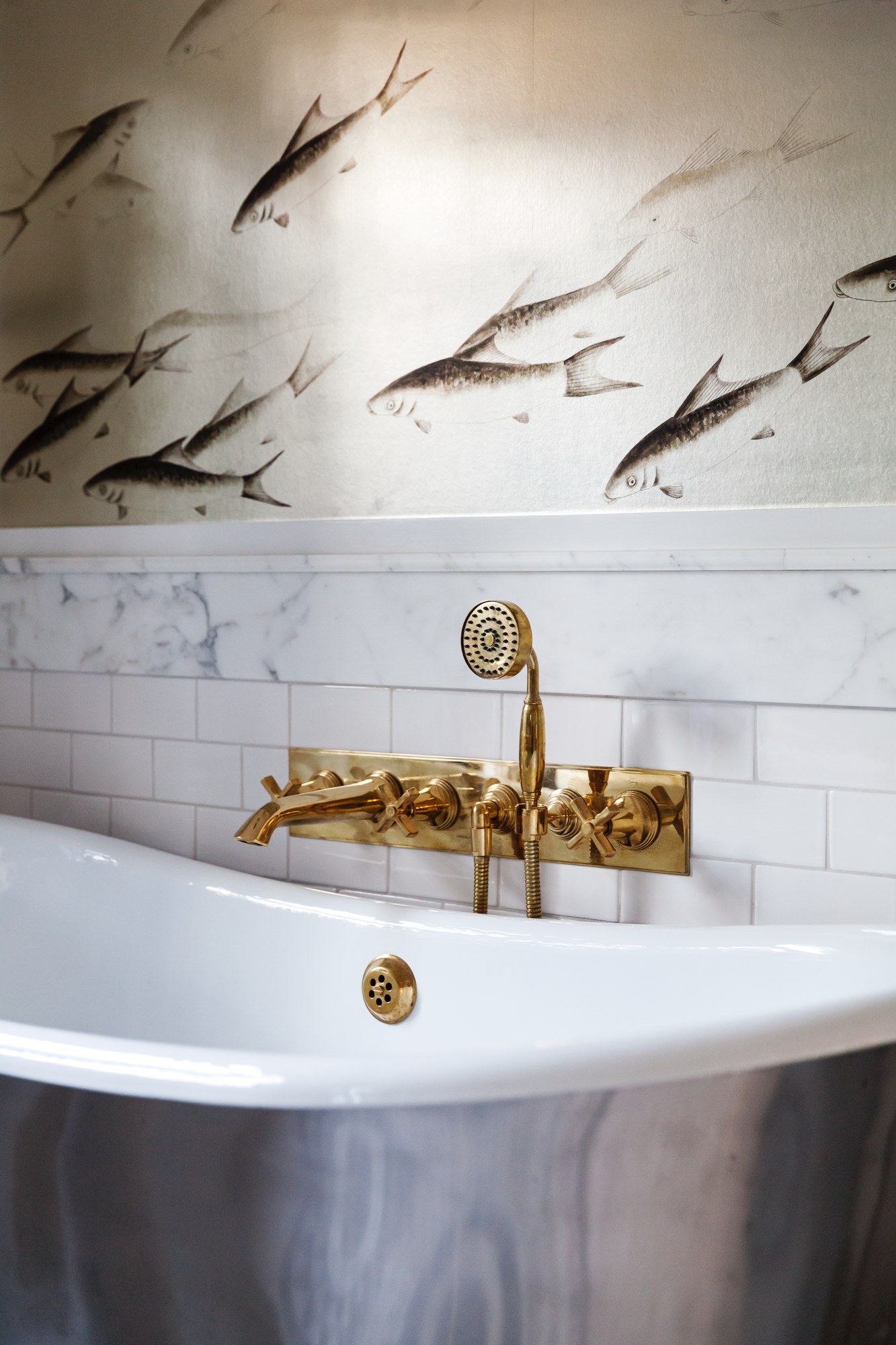Bespoke Style Moderne, Marlowe Street, Palo Alto
BAMO revives the 1920’s Spanish charm of this Palo Alto residence
A strong Spanish influence can be recognized throughout the region of Palo Alto. The California suburb itself is named after ‘the tall tree’ that the later governor of the Spanish territories used as a landmark during his 17th century exploration. A recognizable architectural style followed suit after the Spanish Colonial movement in 1910, characterized by red roof tiles, arched openings and decorative millwork. Interiors displayed the same texture and visual depth with detailed wrought iron, stone and pottery. Grand homes would continue to be constructed with this same style over the following years, slowly shedding their filigree to present a simplified adaptation.
The 1920’s Marlowe Street residence once boasted these traits before poorly planned additions began to compromise its identity. San Francisco based design collective BAMO were appointed to undertake a complete renovation that was sensitive to the character of the home, while using their expertise to create a captivating space.
The idea was to excel the design of the home to Montecito Estate standards - elegant white properties set on multiple acres, with meandering brick-lined walkways and lush landscaping. BAMO began replicating this expansive effect by removing heavy cabinetry to create an open floor plan, using magnolia-colored walls to create a flow from room to room.
Besides some practical directions, the client gave BAMO full reign on the interior choices, which allowed the studio to create areas with unique identities. Within the living room, an antique fireplace replaces ill-proportioned millwork, which retains character while creating a comfortable gathering place. A dining room in a palette of rich wood, burnt orange and red travels into the hallway and stairs in Spanish Colonial fashion, before pausing at a turquoise green hallway which frames the master bathroom.
Introduced by lacquered white sliding doors, a light colour palette with hues of whites and grays serve to highlight luxury custom appliances, which create a sanctuary for rest and repose. Michael Booth, BAMO Principal and Alan Deal, BAMO senior associate, set the tone of the bathroom by creating a layout that was evocative of a 1920’s home:
"All the materials and finishes were selected with a goal," says Deal, to create "a space that was sensitive to the character of the home, but fresh and original". The twin vanity, for example, is framed by teak drawers with traditional panels however they are joined by brass framing which would not have happened back when. Similarly, a Sicis mosaic flooring is evocative of intricate 1920’s design, while its muted grey ‘drops on water’ pattern melts effortlessly into the surrounding décor. De Gournay ‘fish’ wallpaper adopts the same aquatic rhythm, featuring the custom addition of sea turtles which puts a new spin on a classic.
Style Moderne faucets and bath fixtures in Non Lacquered brass create the finishing statement; epitomizing 1920’s glamour in striking Non Lacquered brass. Twin faucets were selected for the basins, while a bespoke arrangement of bath and shower fixtures sit on an elongated backplate above a metallic roll top bathtub.
“Deciding on Style Moderne was an easy option. The timeless elegance and visual quality of the collection made this the perfect choice. In fact, when looking at the finished space it is clear to us that this collection complements what we had hoped to accomplish for this space and takes it up a notch. I cannot imagine the room would have the same elegance with a different collection. The fact that Samuel Heath modified several of the pieces to meet our specific needs makes the choice all the more perfect for the space.”
BAMO use their master stroke to successfully revive Marlowe Street into a comfortable home full of character, light and life.
The Collections
We don't think you're in North America
You're viewing our UK & EU website and product specifications may be different in your location.

